It is hard to believe that two weeks have passed since I was walking around Photography Show in Birmingham. One of the most interesting aspects of this show in comparison to others like Photokina is that product sales are allowed. All the deals were amazing but the ones that surprised me the most were at Camera World for the Sony A7 series. The original A7 was £699, the A7r was £999 and there was also a £350 discount on the new A7 Mark II. The A7 was less than 50% of its original price, and the camera was released just over a mere year ago. This got me thinking about how quickly the series has depreciated despite being labelled as “revolutionary” when it first hit the shelves. In the case of the A7, one of the triggers behind this massive price drop was the arrival of its direct successor, the A7 Mark II, which was launched exactly one year later with various improvements.
So when I received the A7 Mark II for testing, I started to question whether this new version was worth the price difference. Sony surprised us a few years ago when they launched the first compact camera with a full-frame sensor, the RX1. At that point it was just a question of time before we saw the launch of a full-frame mirrorless system. Now there are a total of six full-frame mirrorless cameras from Sony and I can bet that more will come. I think it is clear that Sony wants to make full-frame cameras more affordable. Indeed, this sensor size could quickly become the standard for the E-mount system. But this probably also means that we will frequently see new replacements. The A7 Mark II is a very good example of this.
Are the updates on the A7 Mark II worth the expense or should you go for the original A7 and save some money? Let’s find out!
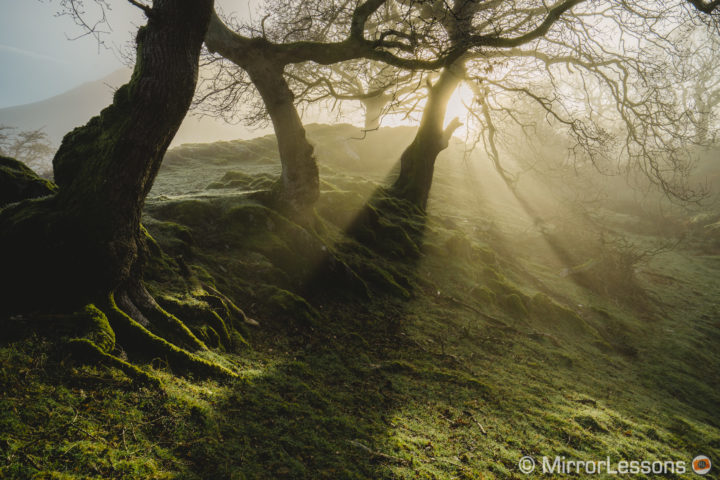
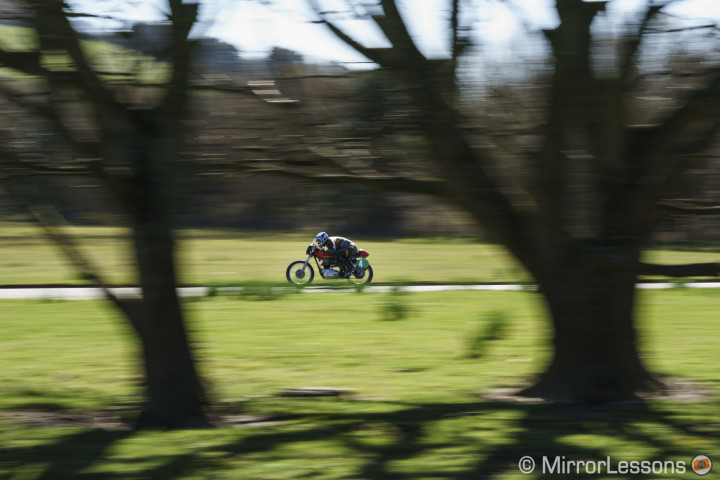
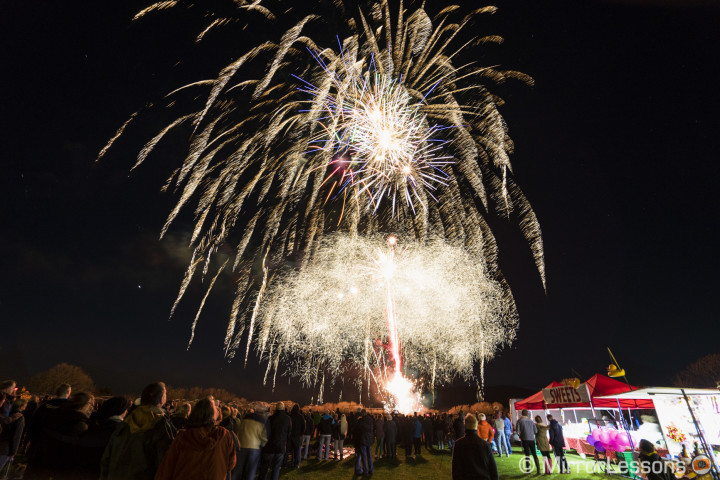
Sony A7 mark II Main Specs
- Sensor: 24 megapixel 35mm full frame Exmor CMOS
- Lens system: e-mount
- Weatherproof: Partial (Moisture and dust proof)
- Internal Stabilisation: Yes (5-axis)
- Autofocus: 117 phase detection AF points and 25 contrast detection AF points
- Continuous shooting: 5 fps (High), 2,5 fps (Low)
- ISO Sensitivity: 100 – 25600 ISO (extended 50)
- Shutter Speeds: 1/8000s to 30 seconds
- Viewfinder: XGA OLED electronic viewfinder with 2,359k dots, approx. 100% FOV coverage and 0.71x magnification
- LCD Screen: articulated 3″ LCD monitor (1,228 dots)
- Movie recording: XAVC S Full HD up to 60fps, S-Log2 gamma
- Built-in Flash: No
- Extra Features: WiFi, NFC, Panorama, Timelapse, HDR
- Dimensions: 126.9 x 95.7 x 59.7mm
- Weight: 556g
Table of Contents
Note: throughout the article, you will find a comparison between the original A7 and the A7 Mark II for each main chapter.
Ergonomics & Design
The A7 Mark II is a very well-built camera. It has a magnesium alloy body (two parts) and is dust and moisture resistant (including the dials and buttons). It feels very solid – I’d say it is one of the most robust mirrorless cameras I’ve used. It isn’t the lightest CSC camera but considering the technology it houses, this is no surprise. (And is still lighter than a full-frame DSLR.) The body is compact however and I really like the form not just of this camera but of the entire A7 series.
The grip and ergonomics are really good. The grip on the front really enhances the user experience. The shutter release button is right on top of the grip so it is very easy to reach. The thumb grip on the rear is also very comfortable. Both grips have a faux leather finish for a better tactile experience.
The mode and exposure compensation dials are also excellent and the latter is well-positioned. All the buttons are solid and easy to press. The best is the video recording button which is cleverly positioned on the outer-facing side of the thumb grip. You don’t need to press it hard to start recording: it is very sensitive but at the same time it is unlikely that you will press it by mistake. The only two dials I am not keen on are the two exposure/shutter speed dials on the front and the rear. I wish they were slightly thicker so that you could feel them more easily.
The battery and connector doors are robust and easy to open/close. The SD card slot is on the right side but is the only door that feels more fragile.
A7 Mark II vs A7: Ergonomics & Design
The design is one of the main differences between the two cameras. The A7 mark II is a good improvement.
- The original A7 has a smooth black metal finish instead of the dark grey opaque/rough finish on the Mark II version.
- The new camera is slightly bulkier and heavier than the original A7.
- The front grip is better. Having the shutter release button on top of the grip instead of on the top part of the camera is more comfortable. I admit however that I didn’t find that specific difference substantial perhaps because I am already used to the A7s (which has the same exact body design as the original A7).
- I like the front and rear dials less as they aren’t as thick as the A7’s dials. I would have moved the front dial around the shutter button so that I wouldn’t need to move my index finger at all. I would also have kept the same rear dial as the original A7.
- The SD card is inserted from the right side (back view) instead of the rear. The SD card door is more robust on the original A7.
- The connectors on the side are positioned in two columns instead of one on the Mark II.
- The A7 mark II has the option of a battery grip but it is different to the one compatible with the A7, A7r and A7s.
Note: the pictures below show the A7 mark II next to the A7s, which has the same design as the A7.
Ease of Use
The A7 Mark II offers a good level of customisation and lots of buttons and dials to control the main settings. There are 10 customisable buttons. The first four are indicated with the C1, C2, C3 and C4 markings. You can also customise three of the four buttons on the command wheel, the center button and the wheel itself. There is also the AF/MF/AEL switch where the button can activate different settings according to the lever position. Finally you have the Fn button that brings up a quick menu that can be customised as well.
The two C1 and C2 buttons on top are comfortable to use. It took me a little while to get used to them however. The command wheel is a little bit too easy to turn accidentally. The only button I don’t like (regarding its position) is the MENU button. It is the only one positioned on the left.
Below is a list of my personal settings for the A7 mark II:
- C1: Focus settings (AF position)
- C2: Focus mode
- C3: Peaking Level
- C4: deactivate rear screen
- AF/MF button: switch between AF and MF
- AEL: focus hold
- Wheel: ISO
- Wheel, center button: focus magnifier
- Wheel, left button: drive mode
- Wheel, Right button: metering
- Wheel, down button: WB
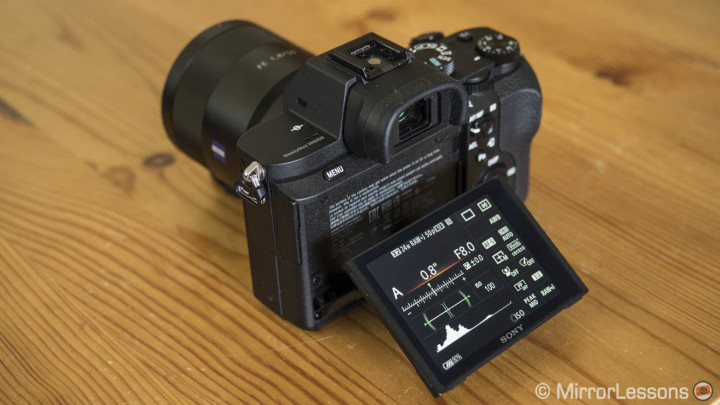
The A7 Mark II has a very good viewfinder and rear monitor screen. The viewfinder is large, sharp and has good resolution. The eye sensor is very quick and the viewfinder has a good time lag in normal light conditions. The frame rate decreases in low light however. The rear monitor is also excellent: very sharp with lots of detail and good colour accuracy. It can be tilted 45° down and 90° up. The only thing it lacks is touch sensitive capabilities. The brightness and colour temperature of both screens can be customised. I also like the level of displayed information as it is cleverly arranged. You can also display the phase detection area which is useful when using continuous autofocus.
A7 mark II vs A7: ease of use
The ease of use is almost identical on the two cameras, except for a few details:
- The A7 mark II has one additional custom button (two on top instead of one). Some buttons have been re-designed (MENU, C3) and are flatter. They also lie at 45° which makes them easier to press.
- The viewfinder has the same characteristics on both cameras. However, the LCD screen on the A7 mark II has slightly more resolution.
Image quality: full-frame goodness

The A7 has an excellent sensor with 24 megapixels of resolution. It can produce stunning images that are more than enough for most situations. Here we are dealing with a full-frame sensor which means that you have more control over depth of field in comparison to a smaller sensor. This is the main difference between it and other MILC systems. Certainly the amount of dynamic range, detail rendering and overall sharpness is also excellent. This sensor is in the middle between the 12MP low-light sensor of the A7s and the 36MP detail-rich sensor of the A7r. It is a good balance and I personally find that 24MP is perfect in terms of sharpness and resolution, even though the sensor has an AA filter.
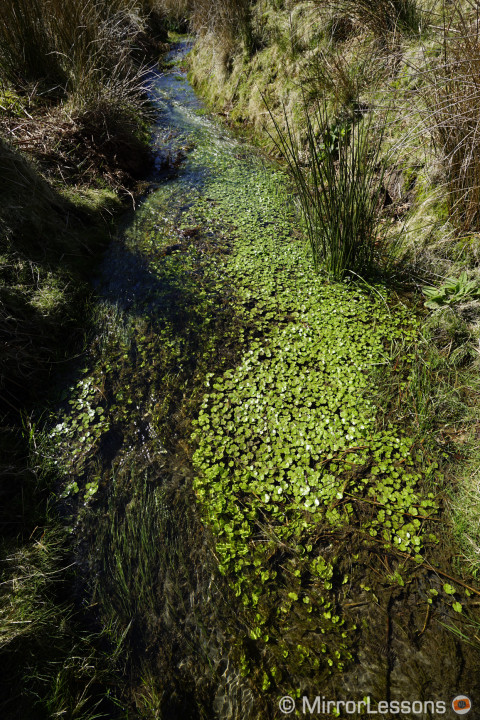
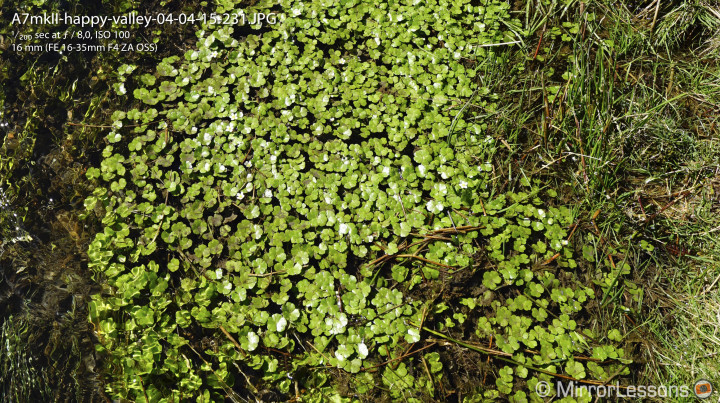
The dynamic range capabilities of the cameras are what you’d expect from a full-frame sensor. The Raw files are very flexible as far as shadow and highlight recovery is concerned. Some users complain about the lack of an uncompressed option for the Raw files. All Sony ARW (Raw) files are 12 bit lossy compressed so that the file size can be more reasonable (around 25MB). Just to give you a comparison, the Fujifilm Raw files are 14bit and are larger than 30MB despite the lower resolution (16MP). Personally, I’ve never encountered a significant problem with the A7/A7 II Raw files. The only time I noticed something was when editing a portrait shoot. On the skin tones there was a small lack of tonal range in some parts of the face. But that didn’t stop me from obtaining some very nice portraits with the camera.
In my opinion, this is one of those typical technical issues that can easily be filed inside the “irrelevant” drawer. But at the same time, it is true that some users can be very demanding, so why not simply give them the option to use uncompressed files like other brands do? After all, the camera is listed under “professional” on Sony’s website. Anyway, there isn’t a lot to worry about because the capabilities of the A7 Mark II are still very high as the pictures below will show.
When it comes to colour, the A7 Mark II has the same colour rendering as other Sony cameras. They can be very intense, vibrant and well-balanced. They work well for landscapes when the light is balanced. The cameras have several picture profiles including some designed specifically for video but these can be used for stills as well (they will only affect JPGs), so there is plenty of choice to satisfy the needs of everyone. With sunrises and sunsets, the camera tends toward yellow, and it is sometimes too dominant. This also happens with portraits if you choose the dedicated profile. I prefer the neutral profile in that case. The Auto White Balance is good as well but can often tend towards a cooler tint. The JPG engine is excellent as well. You can control the shadows by using the D-R option with its 5 levels. The difference is not huge but it can help when there is a lot of contrast. Of course you have lots of possibilities with the Raw files as well. For example the pictures above were post-processed using the Rebecca Lily presets. Below you can see pictures featuring the original colours of the A7 Mark II.
The camera also has extended low ISO values (50 and 64) which are useful when shooting in daylight with a fast aperture. When it comes to low light, the camera handles sensitivity well up to 6400 ISO. 12800 ISO is usable if you are in a desperate situation whereas 25600 is definitely noisy. The RAW files will give you a better result. The JPGs sacrifice detail to reduce the noise even if you set the NR to low.
A7 mark II vs A7: image quality
Overall the two cameras share the same image quality: the same sensor size and the same megapixel count. The only relevant difference to highlight is the following: on the original A7, there is a problem related to unwanted bluish ghost flares that appear around light sources. Below is a clear example shot with the FE 55mm 1.8:
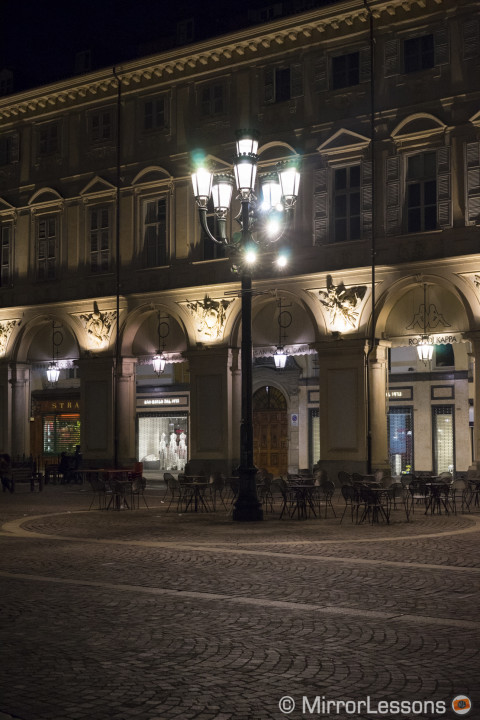
Sony never made an official comment about this so I don’t know exactly if it is related to the reflective surface of the sensor, the AA filter or some other characteristic. It is less severe on the A7r and A7s which leads me to think it has something to do with the AA filter of the A7. This problem seems to have been partially resolved with the A7 Mark II. I couldn’t replicate the same exact shot to verify it but I took similar shots and I haven’t seen any weird flares or orbs when shooting at night.
However, I did find a similar reflection when using the 16-35mm f/4 lens with the sun in the composition and a relatively closed aperture (look below at the top right corner).
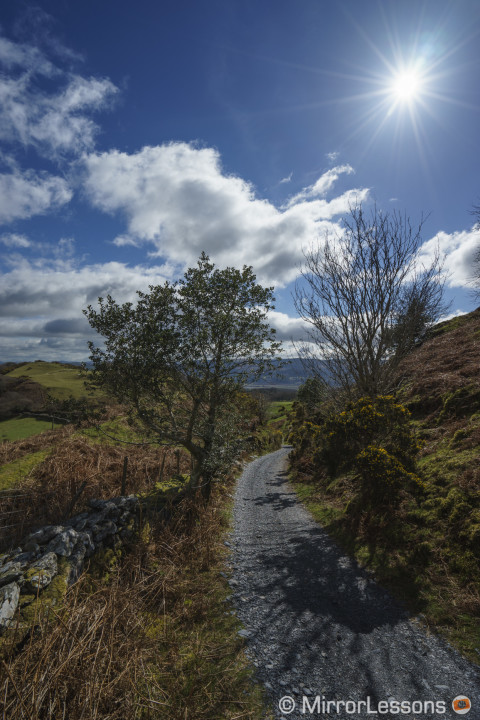
So the problem hasn’t been completely solved. It certainly occurs less frequently because the photo above was the only time I came across the issue. With the original A7, I had to deal with blue flares several times even when shooting video.
Image quality: 5-axis stabilisation
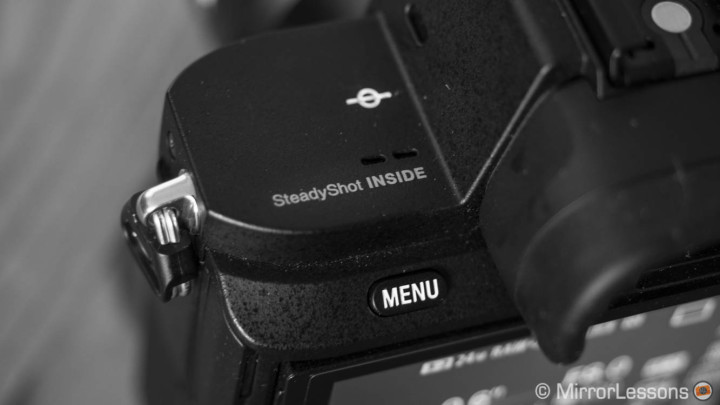
On the top part of the body next to the viewfinder you can find the print “Steadyshot inside”. This is the new main feature of the Sony A7 Mark II: the introduction of in-body 5-axis stabilisation. Sony isn’t new to sensor shift technology since the A99 DSLT camera also has sensor stabilisation but it isn’t 5-axis technology. The A7 Mark II is the first full-frame sensor camera with 5-axis stabilisation. Despite being very similar to the stabilisation found in Olympus Micro Four Thirds cameras, the technology is actually different (at least that is the official statement from both companies). The camera operates on five axes to compensate for shakes: X, Y, Yaw, Pitch and Roll. I am a big fan of the Olympus OM-D cameras because of their stunning stabilisation so I was really curious to see how well the A7 Mark II performs. I also wanted to see if it can make a big difference in comparison to the other A7 models.
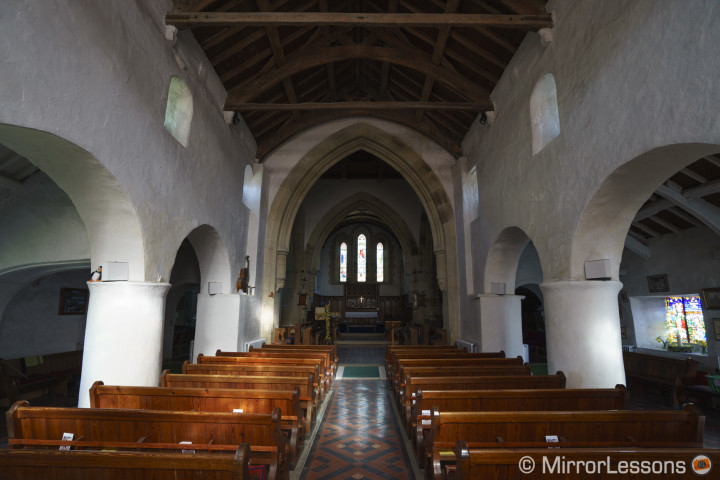
The image you see above was taken at 16mm with the 16-35mm f/4 zoom lens, hand-held. The shot, taken at 1/2 of a second, is perfectly sharp. However what’s interesting is that I managed to take sharp shots at the same shutter speed with the 55mm as well. Granted, I had to make a number of attempts and most of them were blurry or slightly blurry. But with a little bit of patience, it is possible. This sensor stabilisation works really well.
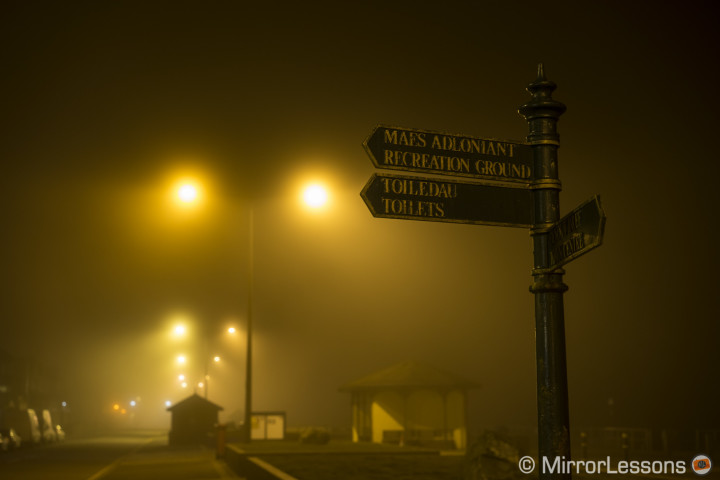
The stabilisation works almost as well as the 5-axis stabilisation of the OM-D E-M1 (I’ll write a dedicated comparison soon). The recently released Olympus OM-D E-M5 Mark II has a better stabilisation system than the E-M1 so there would be a more pronounced difference between it and the A7 Mark II. Still, for a first try, Sony did a really great job here and I am sure they will be able to improve it in the future as Olympus did following the first OM-D E-M5.
The introduction of this technology on a Sony camera also makes me reflect upon the current A7 line-up. One of my favourite cameras of last year was the Sony A7s and its stunning low-light capabilities with usable ISO up to 102400. Considering that some Sony lenses also have optical stabilisation, I wanted to know if the 5-axis stabilisation could make a significant difference, so I made a quick comparison.
The first was to compare the 5-axis stabilisation and the optical stabilisation using the A7s and the A7 mark II with the FE 16-35mm f/4 lens. You can see that I managed to get a sharp result hand-held at 1s with the a7 II and 1/2s with the A7s. This means that the optical steady shot has 1Ev of compensation less than the 5-axis stabilisation. Also, keep in mind that with an OIS lens, the A7 Mark II uses both the sensor shift and optical stabilisation. The camera will take care of the X, Y and roll axes and rely on the lens for the yaw and pitch axes.
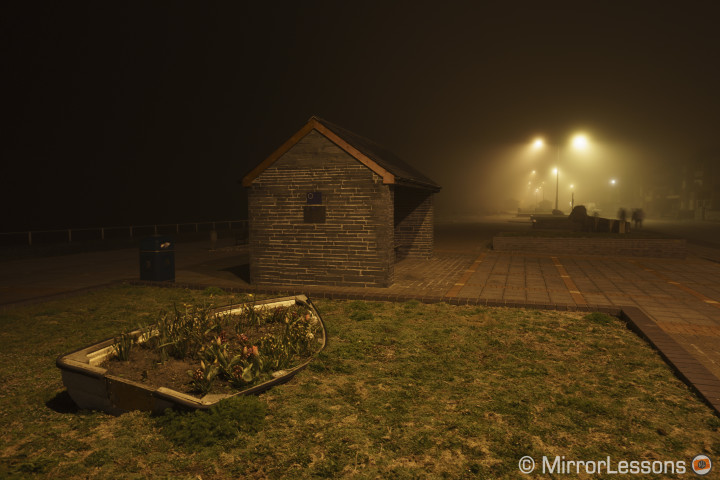
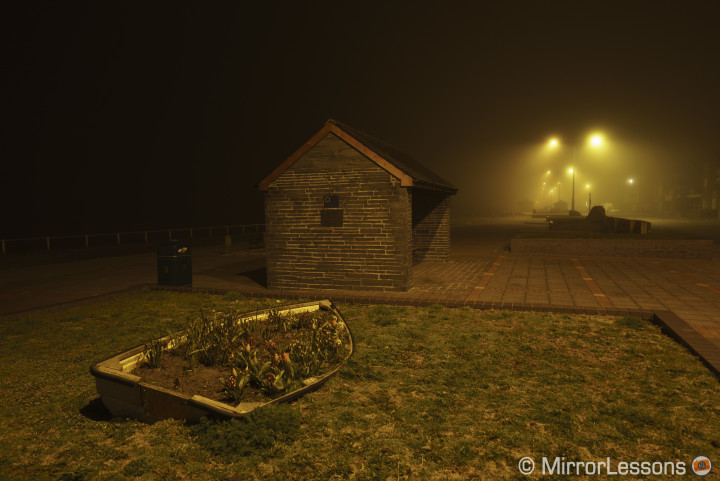
Of course to make a complete comparison I would have needed to test more focal lengths and more lenses but this simply shows that the 5-axis stabilisation might not have a drastic advantage over optical stabilisation. For the second test, I turned off the optical steady shot and used instead the great ISO capabilities of the A7s. I chose a “safe” shutter speed of 1/25s (for 24mm) and raised the sensitivity up to 6400 ISO to match the same exposure.
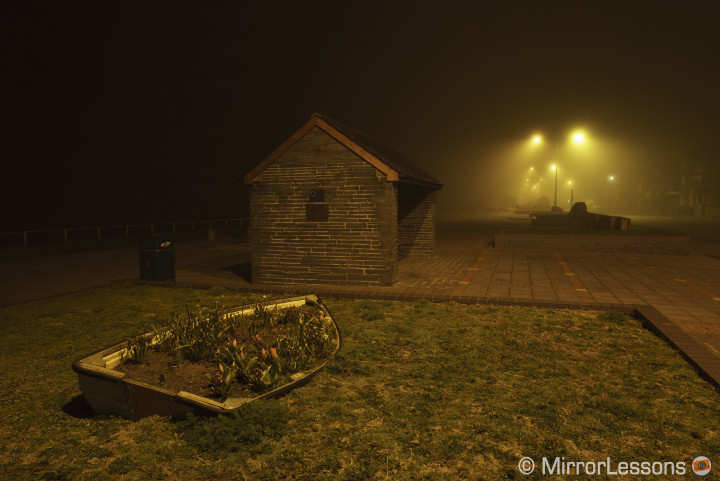
I find this second result interesting because the A7 Mark II is in fact a great low-light camera too.
The capabilities of the A7s become even more specific to certain type of shoots. I can think of indoor sports where you need fast shutter speeds to freeze the action or astrophotography. The A7s is also a great camera for video shooting (it is perhaps more appropriate for this application really). But otherwise, the A7 Mark II can handle low-light equally as well.
Also the internal stabilisation of the A7 Mark II becomes a key factor with adapted third party lenses, an important point because it is one of the reasons people love the A7 series in the first place. You can use almost any 35mm/full-frame lens as long as you have an adaptor: Leica M lenses, old SLR lenses (Zuiko, Minolta, etc) and the list goes on. With non-native lenses, the camera will only use three axes instead of 5 but the results are still very good. I would say that there is a 1Ev/2Ev difference depending on the situation and the lens used. You will have to manually select the focal length in the steady shot menu. Below is a series of pictures taken with the Leica Summicron 35mm.
The 5-axis stabilisation is also effective for video shooting as I’ll describe later on in this article.
A7 mark II vs A7: stabilisation
The A7 doesn’t have internal stabilisation but relies on the optical stabilisation of Sony lenses. Not all the native FE lenses have OIS however – only the zoom lenses and the 90mm macro.
Autofocus & Performance
The A7 Mark II has a hybrid autofocus system composed of 117 phase detection points and 25 contrast detection points. During the Easter weekend here in Wales, we went to a very nice motorbike race event in Tonfanau. What could be a better place to test the autofocus and continuous shooting performance of the camera? Unfortunately, I didn’t have a proper telephoto lens to shoot the bikers. My longest focal length was my beloved 55mm f/1.8. I switched to the APS-C mode and used the crop factor to get an equivalent 82mm, which is still not close enough for a full sized shot of the riders. Fortunately in some areas visitors could stand close to the track so I managed to take a few decent shots. With the APS-C mode, the resolution drops to 10MP instead of 24MP which is good enough for web usage. The quality isn’t bad at all and the Raw files maintain a good level of versatility.
I also tried to make the best of that focal length by being more creative with panning shots. I just needed to find the right elements for my composition like the trees and spectators shown below.
First, let’s talk about continuous shooting, which is 5 fps on the A7 Mark II. In the APS-C crop mode, it works well and the buffer doesn’t fill up quickly. Without the crop mode, so with 24MP, the buffer fills up very quickly if you are shooting Raw. It gets better with JPGs. 5fps isn’t the best speed for some sports but in the case of a bike race, it was enough.
The autofocus performed really well on the track with that focal length but considering the limited mobility I had, I couldn’t really put it through its paces. So I moved to the pit lane next to the paddock where bikers can enter/exit the track. When exiting the track, they sometimes moved quite quickly so I was able take some shots and test the continuous AF better. I was surprised by how quick and accurate the A7 Mark II was. It wasn’t perfect and lost focus on a couple of shots, but considering the several attempts I made, it works well. I used the middle-sized single point and kept it at the center. It is important to keep the AF point inside the phase detection area to track well.
My only real issue with the AF on this camera has to do with the ease of use and that is a problem that Sony keeps passing on from one camera to another. There isn’t a direct way of changing the AF point for example. It is always a two step process: you press the button and it activates the dedicated menu, then you use the buttons on the rear wheel to move the point or you rotate the wheel to change its size. I wish I could change the AF point position with the four buttons of the wheel directly like I can on other cameras. The same thing for AF-tracking: I have to activate it, confirm, start tracking and then start over again to track something new. The system could be quicker and cleverer with a more direct approach.
Continuous AF and tracking aside, the performance of the autofocus is excellent in nearly all conditions. In low light, it is slightly slower but I haven’t come across anything unusual.
Overall I found the camera very reactive when I power it on, make various adjustments or shoot video. The internal software and processing works well. The only negative point is the battery life. With the 5-axis stabilisation turned on, the battery life drops really quickly. If you shoot some video, it is even worse. You will have to change the first battery after two hours. You can save some battery life by setting the display to normal instead of high and using the power save start time (mine was on 5min). I had four batteries with me, two Sony originals and two Patona batteries. After an intensive day they were all empty. Sony should include two batteries with this camera like with the A7s. And they should also include a proper battery charger, like the A7s again (I’ll have to ask one day why on earth they don’t do that for every camera).
A7 mark II vs A7: Autofocus & Performance
Sony states that the A7 mark II is 30% faster than the original A7. The AF system is the same regarding the amount of phase and contrast detection points. I couldn’t make a direct comparison between the two cameras so I’ll share my own feelings: I think that the mark II version has an improved autofocus. I am not sure if it is 30% or less, but the overall performance convinced me. AF seems faster in good light and low-light conditions.
The continuous shooting capabilities are the same but the battery life is worse on the A7 Mark II.
Video
I had great time with the original A7 when I shot a video for the Italian dance company “EgriBiancoDanza”. At the time the A7s wasn’t even a rumour yet. I put the A7 through its paces for a video that required a lot of low-light shooting. It did quite well despite the footage not being perfect. The A7 can suffer from quite a lot of moiré, aliasing and rolling shutter.
The A7 Mark II has the same video qualities and therefore the same artefacts but also inherits welcome features from the A7s. First it has the X-AVC S codec that brings the bitrate up to 50mbps. Second, it has inherited the video picture profiles and that includes the S-Log2 cine gamma curve which allows you to shoot with the widest dynamic range possible. The result is a very flat image with less contrast but more details in the shadows. Keep in mind that the minimum ISO value becomes 1600 with S-Log2. You can then color grade the footage when editing to bring back some contrast and saturation. I wouldn’t use this for everything but if you are shooting a nice video and really want to take good care of the image, it is a very good option.
The A7 Mark II can shoot up to full HD at 60 fps. You can switch between NTSC and PAL area codes. It doesn’t have any slow motion capabilities besides 60fps. It isn’t a 4K camera. The HDMI port can output a clean 4:2:2 8 bit signal but you don’t get 4k like on the A7s. You get manual audio control, a mini jack mic input and a headphone output. Thanks to the picture profiles, you can also adjust master pedestal. You also get zebra patterns and timecode options.
Below is a simple video I edited with footage shot with the A7 Mark II. It was all shot hand-held to show you the effectiveness of the stabilisation, which is quite good. It isn’t as good as the stabilisation of the OM-D cameras especially if you are walking or making more complicated movements. However it is very effective when using the camera for hand-held panning and simple movements even with adapted lenses. The A7 Mark II has good video quality. The A7s remains the best camera for video not only because the number of megapixels is half that of the A7 Mark II but also because it has full pixel readout instead of line skipping for video sampling.
A7 mark II vs A7: video
Here again the main difference is the 5-axis stabilisation of the A7 Mark II which also works with third party lenses. The camera also has a better codec (X-AVC S), picture profiles, S-log2 gamma, timecode and user bits.
Other features and additional notes
What is left to say about this camera? Well, not much really. I’ve found the shutter sound louder than other CSCs, so it would have been nice to have an electronic shutter option like the A7s. Instead, only an electronic first curtain is available. I advise you to use it all the time not only because it is quieter than the full mechanical shutter but also because it helps avoid micro shakes and shutter shock.
I used the panorama mode a couple of times. You can activate it via the mode dial and it is simple to use. It produces a JPG and the quality isn’t bad.

The camera also has WiFi and NFC capabilities. You can remotely control the camera and transfer images via the dedicated mobile app. You can also add more apps to the camera to enable functions such as star trails or multiple exposures for examples. Unfortunately most of these apps are paid only which is a shame considering that these features are included for free on other cameras. It also lacks a built-in intervalometer for time-lapse shots.
A7 mark II vs A7: other features
Nothing has changed here really. Both cameras have the same extra features and lack some built-in options like the intervalometer.
Conclusion
The A7 Mark II is a nice upgrade from the original A7. The ergonomics are better, the button layout is much improved and the 5-axis stabilisation is a great addition. But if we put design and specs aside for a moment and simply compare the two cameras in a real-world situation, I think the A7 can still hold its own. It has a few issues and some room for improvement, but this is mostly due to the fact that it is the first iteration of a new system. At the same time, I wonder what would have happened if Sony had been more patient…
Let’s imagine for a second that the A7 Mark II had been the first full-frame mirrorless camera to hit the market.
Imagine if the first version had been a small full-frame camera with interchangeable lenses, a nice grip, more than acceptable AF performance and 5-axis stabilisation. One camera. Forget about the A7r and the A7s. One camera that would have probably ruled them all. Because Sony could have had one more year to design and release more lenses. Because all the users that love to adapt old manual focus lenses would have been even more excited about the internal stabilisation. Then while everyone in the digital camera world flurried to shower this one and only A7 camera in accolades, Sony could have taken the necessary time to prepare an A7r with perhaps 50MP and the A7s with its low-light and video characteristics.
I am not a marketing expert so I might be wrong here but I wonder if sometimes releasing too many cameras and similar models can generate confusion more than anything else. Or put in other words: Should I get the A7, the “R”, the “S” or the “Mark II”? But then again, perhaps the only way to build a new system is to start by releasing the first version as soon as possible and gather feedback to improve/correct what is wrong and get an idea of what customers want.
And of course, for the users, there is much to be gained from this game of trial and error: if you’re willing to wait, you can pick up the camera one year later at half price, just as many were doing at the Photography Show.
 What I like about the Sony A7 Mark II
What I like about the Sony A7 Mark II
- Great image quality (DR, details) with all the benefits you would expect from a full-frame sensor
- The 5-axis stabilisation works really well for stills
- Improved ergonomics
- Good autofocus performance
 What I don’t like about the Sony A7 Mark II
What I don’t like about the Sony A7 Mark II
- Battery life is worse than the other A7 cameras (and they were already bad)
- 5-axis stabilisation for video can be improved
- Loud shutter and no electronic shutter option
 What can be debated about the Sony A7 mark II
What can be debated about the Sony A7 mark II
- If you are ready to accept a few “rookie” bugs (described in this article), the original A7 will cost you half the price and you can invest in more lenses or simply save some money.
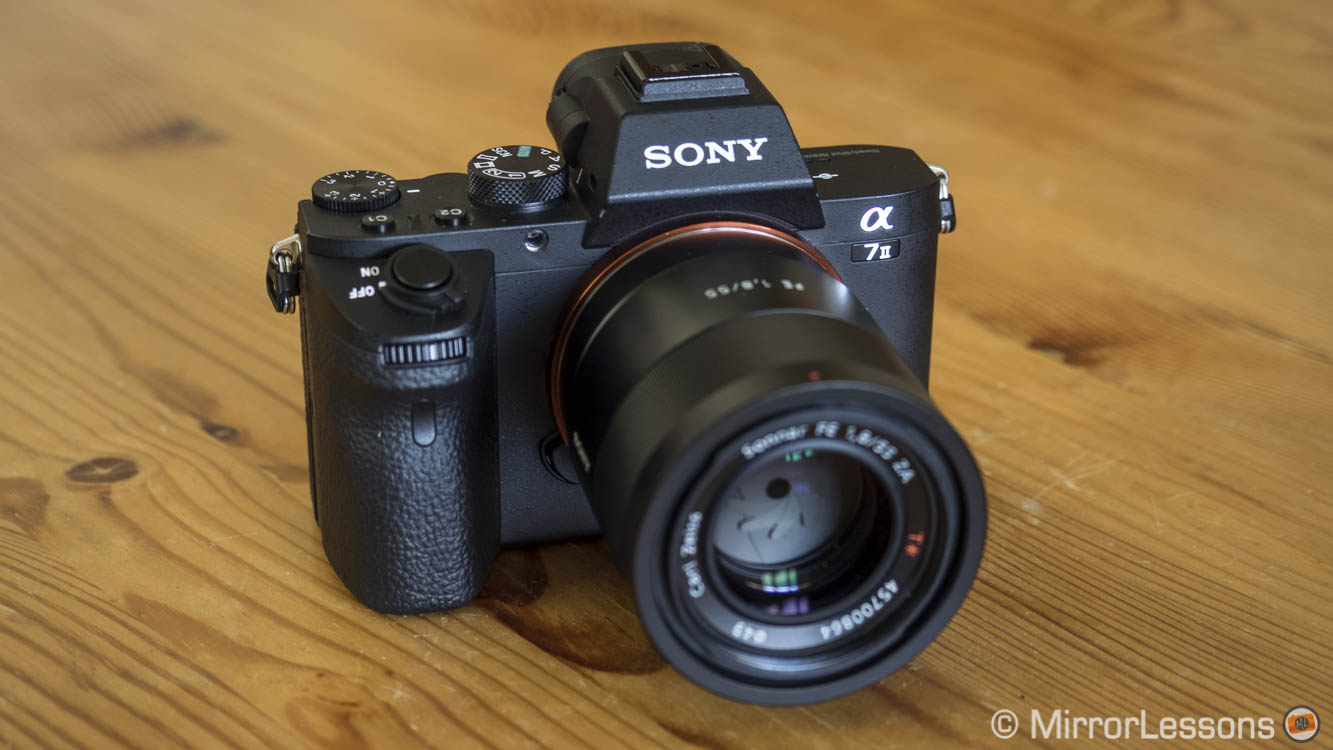
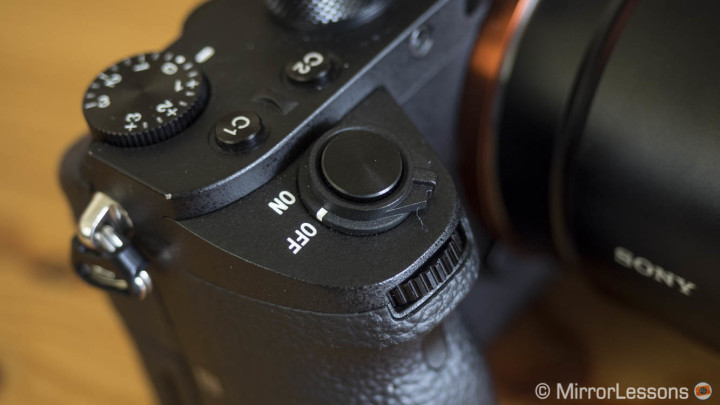
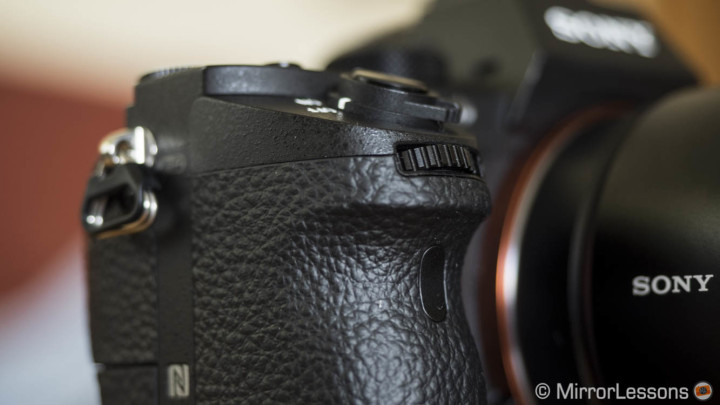
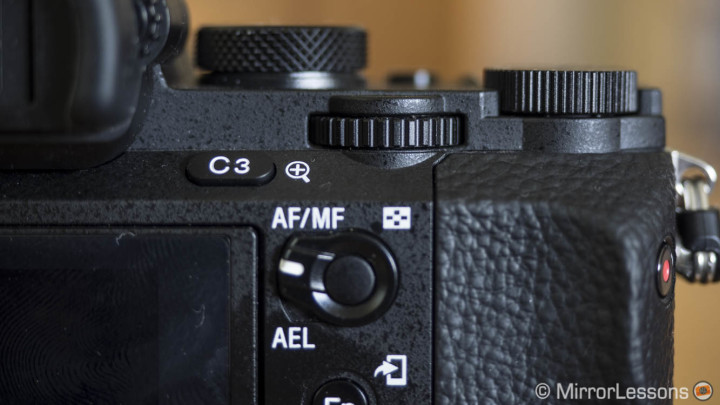
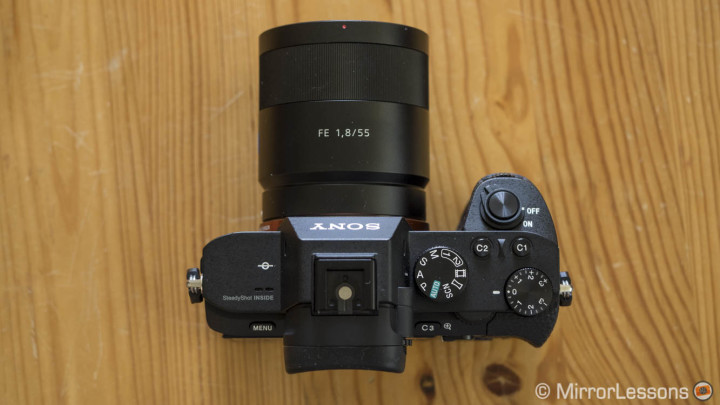
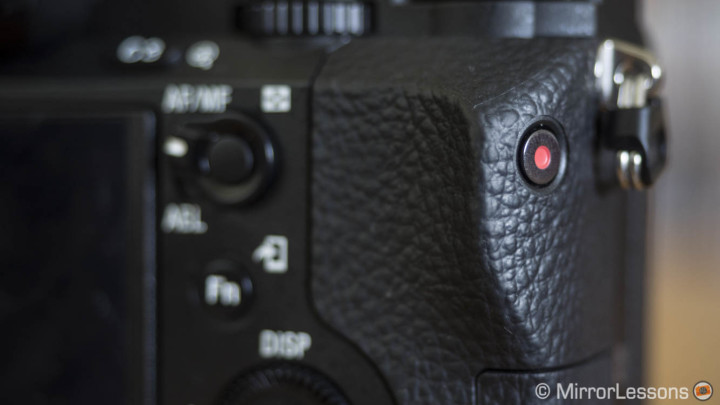

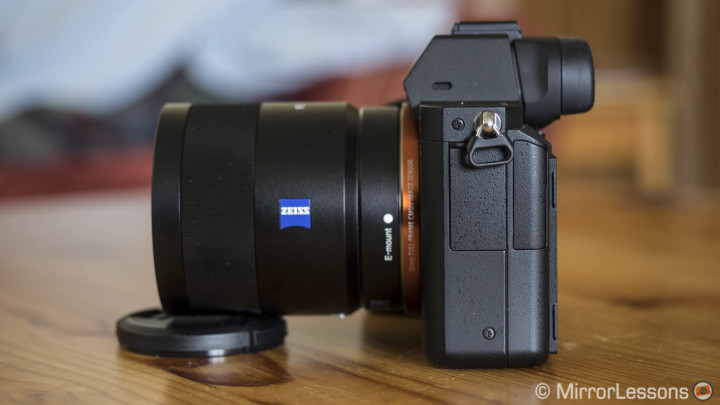
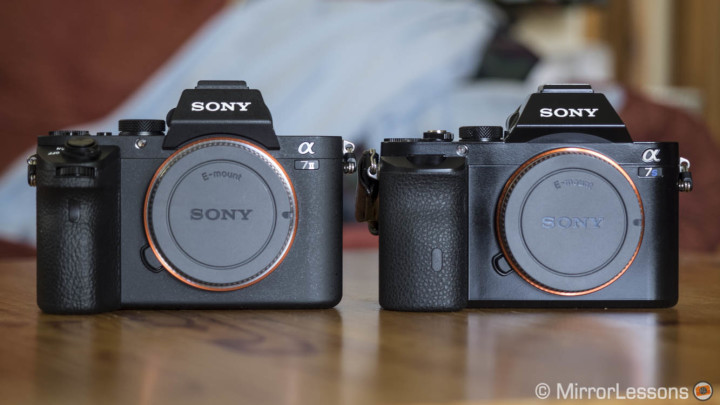
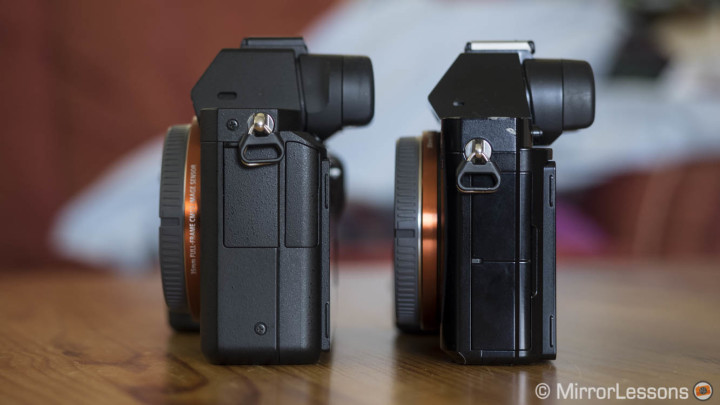


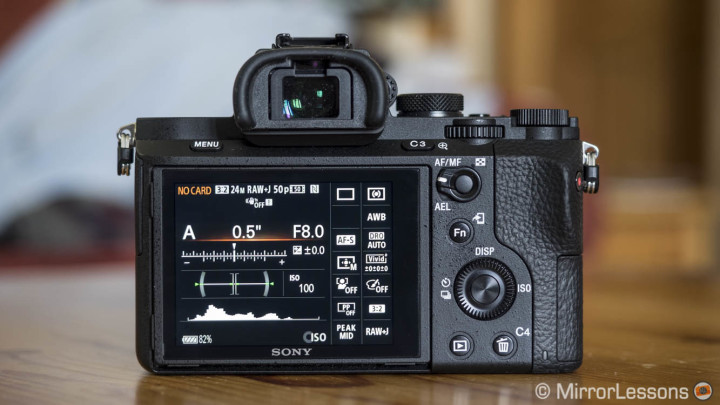
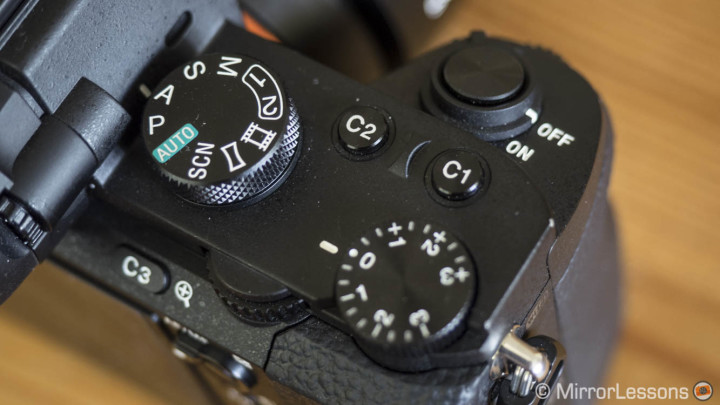
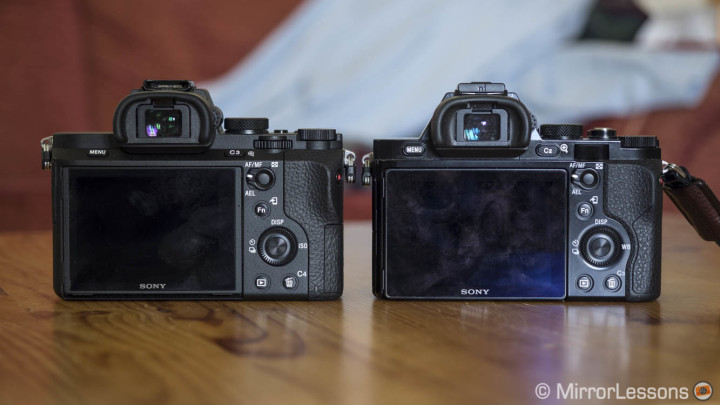
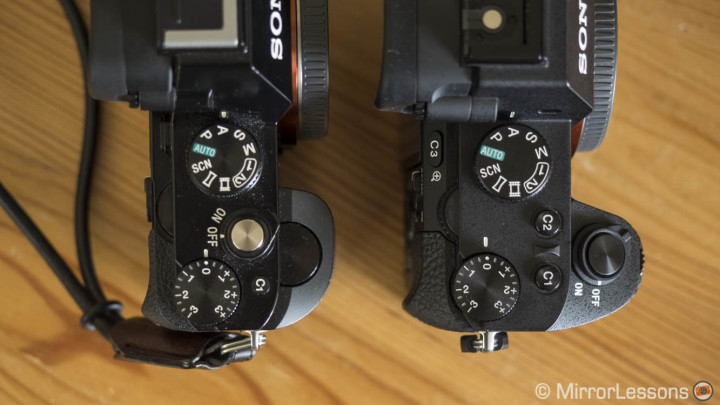


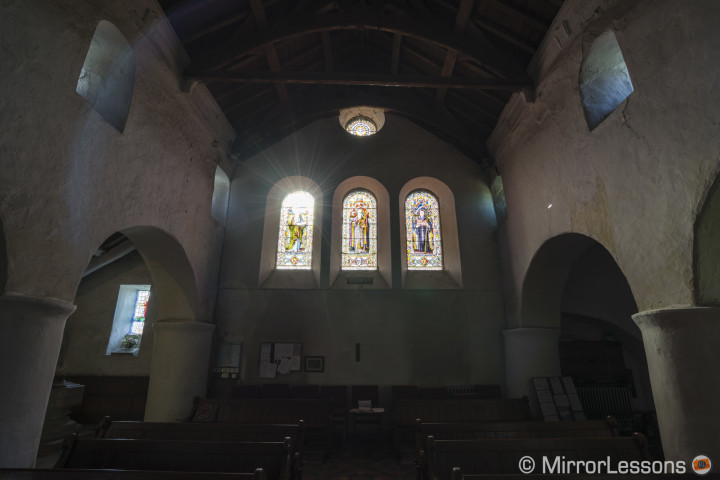
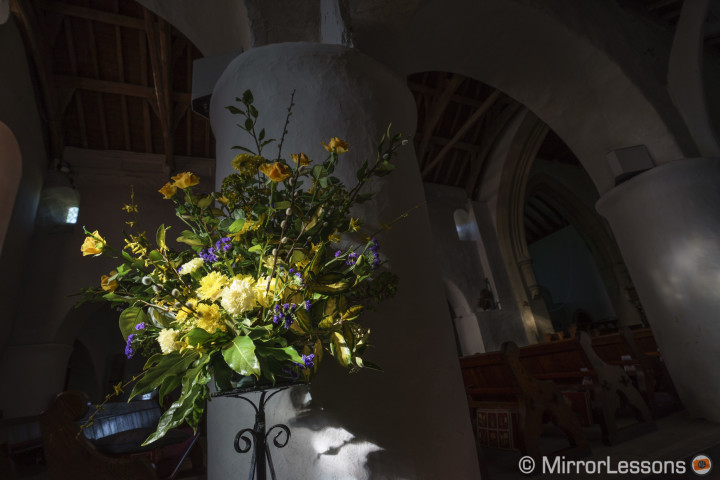
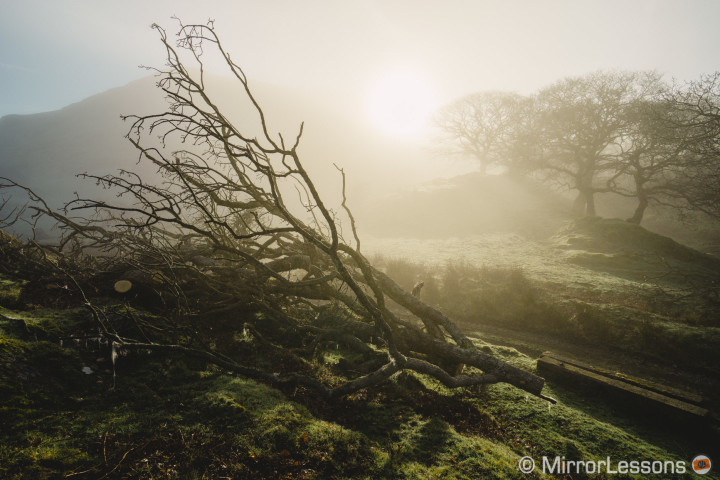


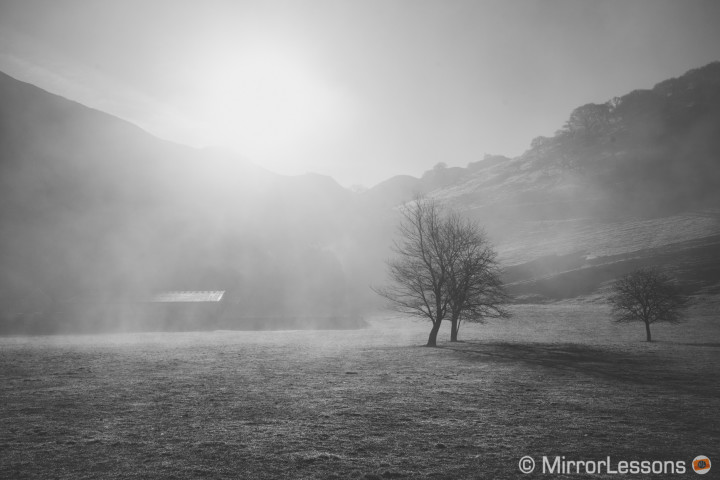


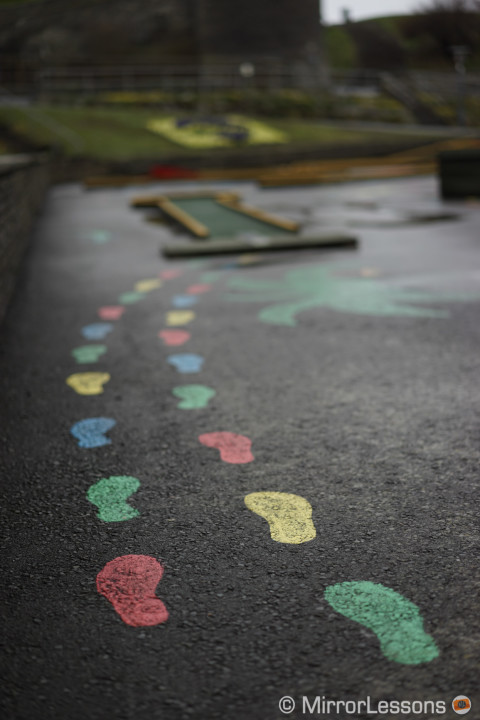
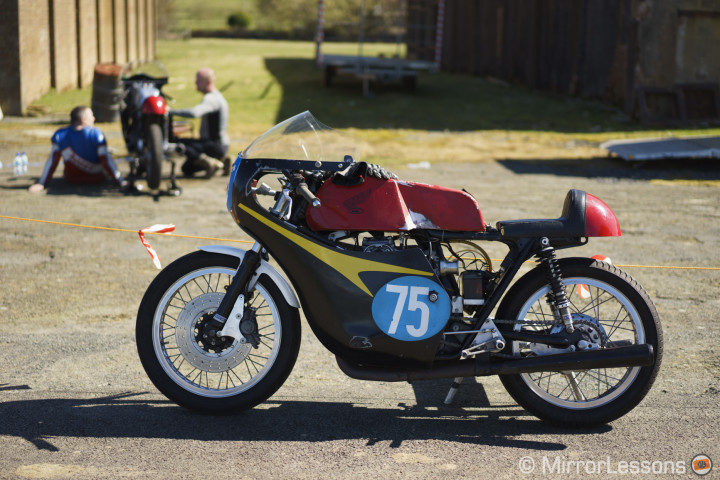
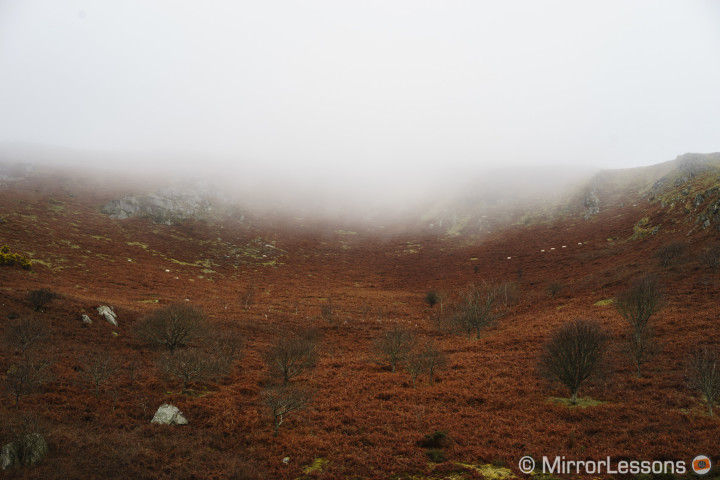
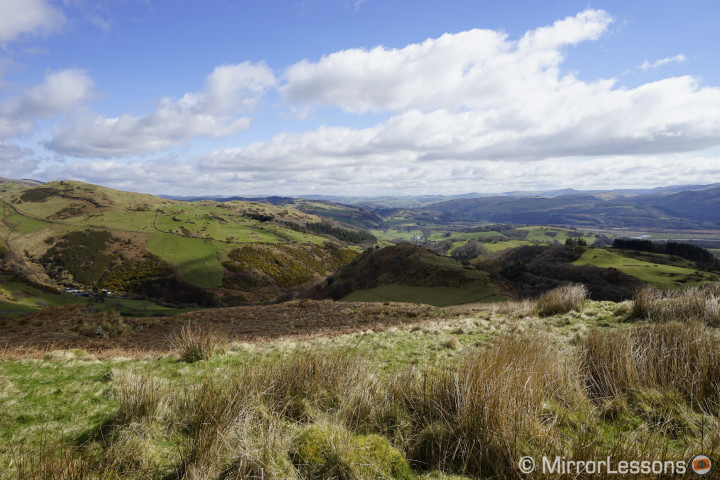

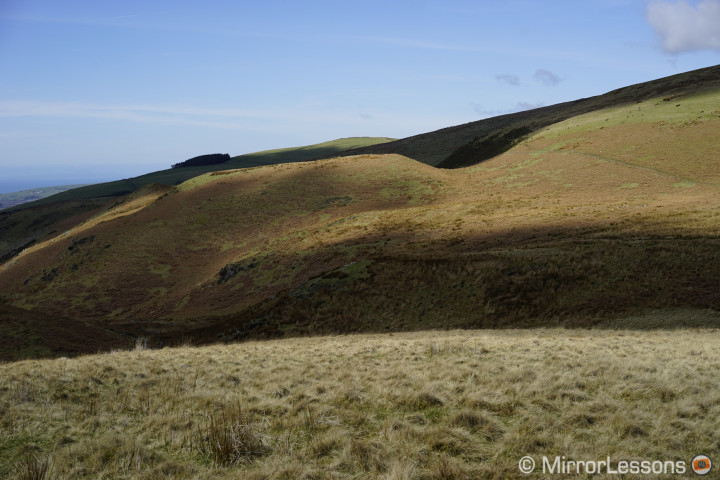
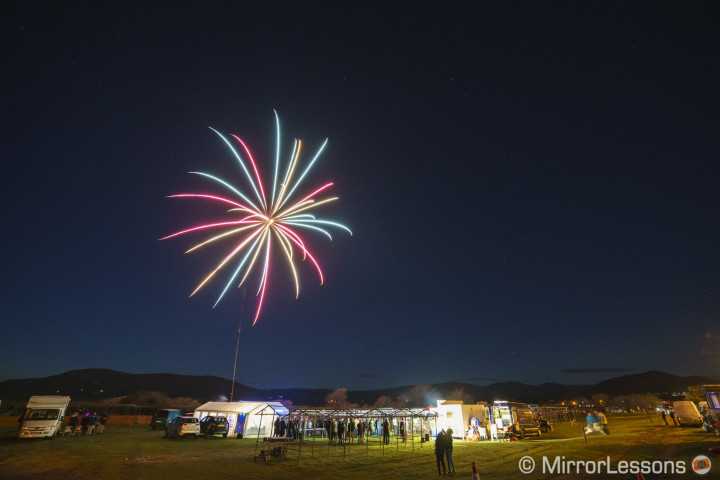
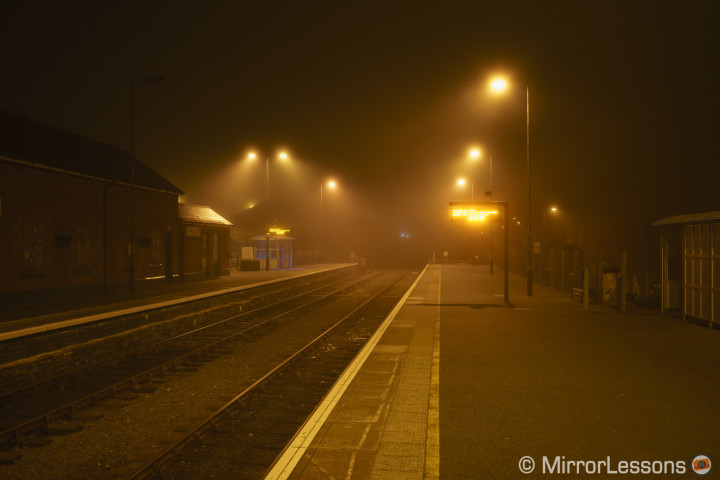

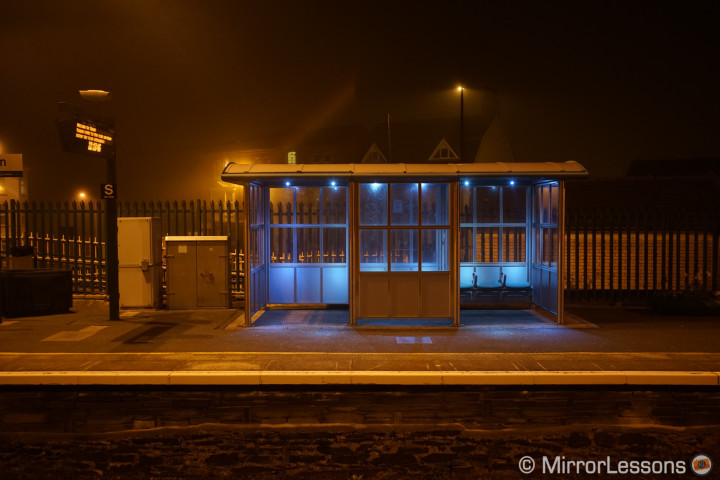
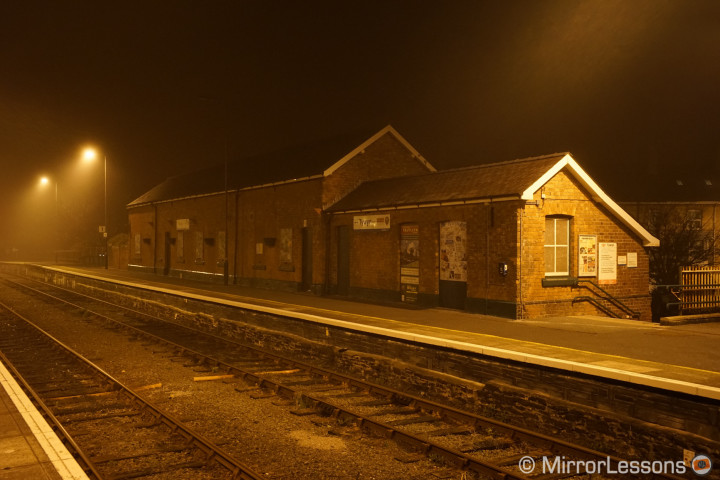
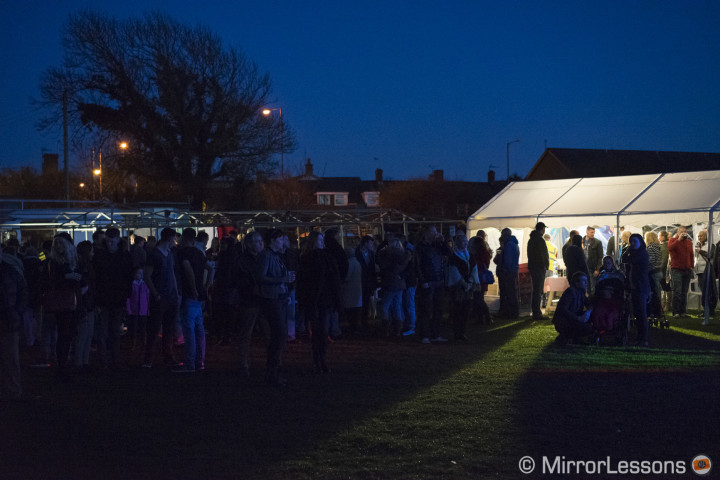
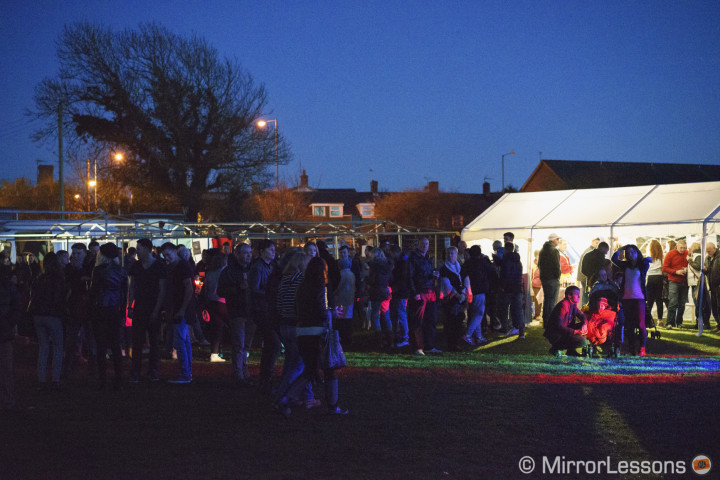
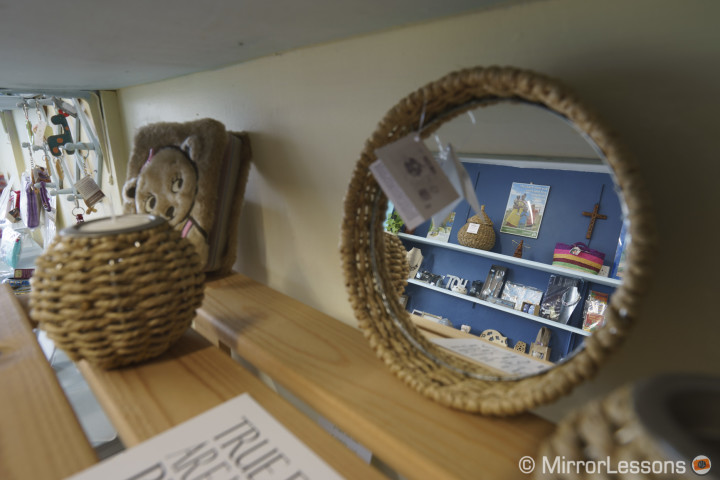
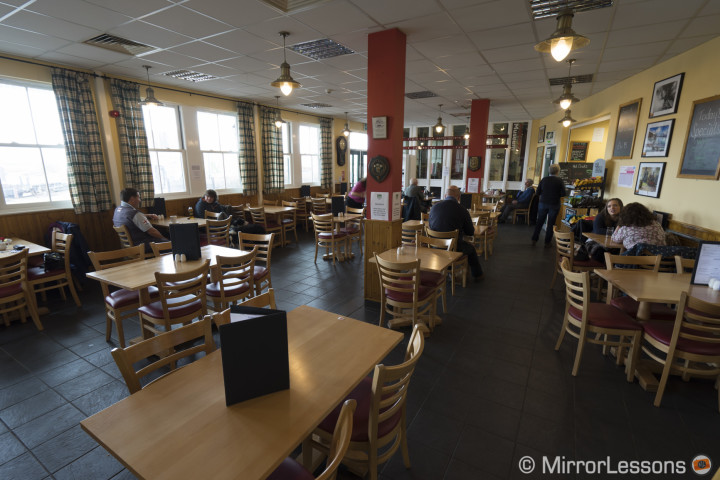

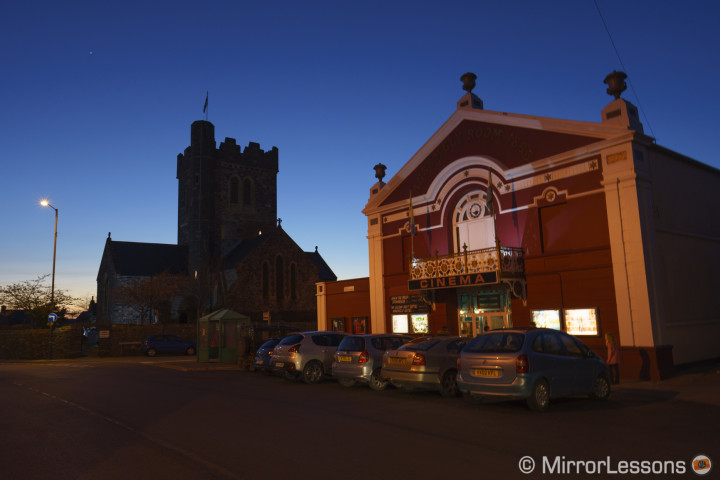

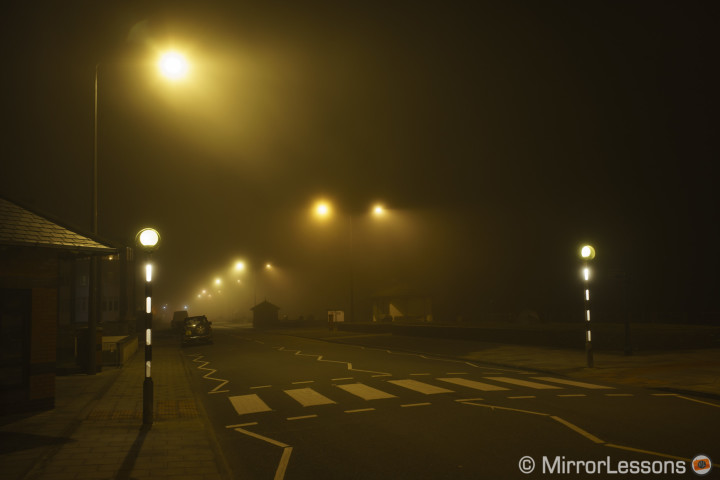
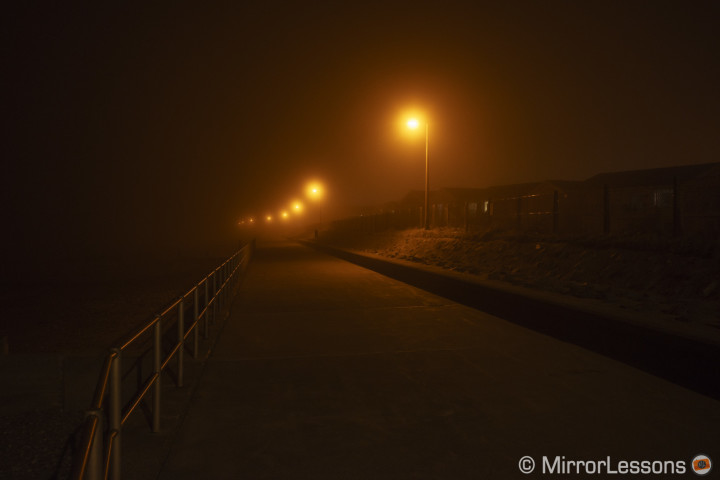

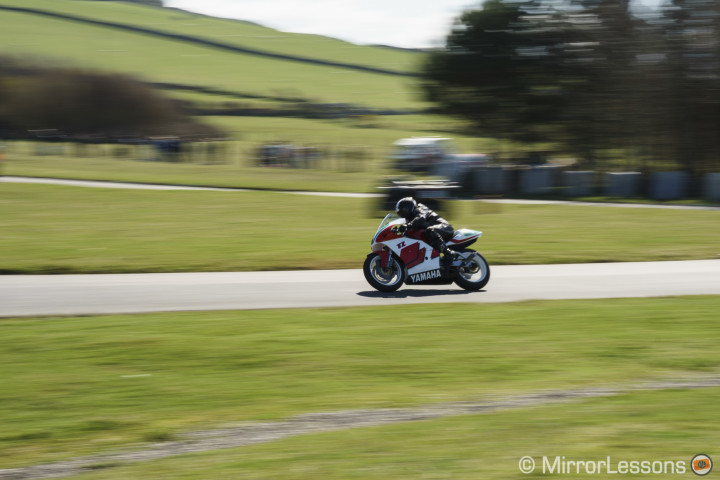
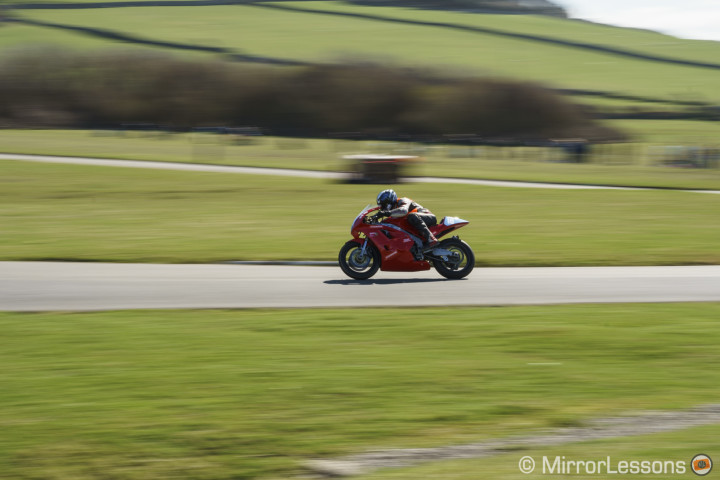
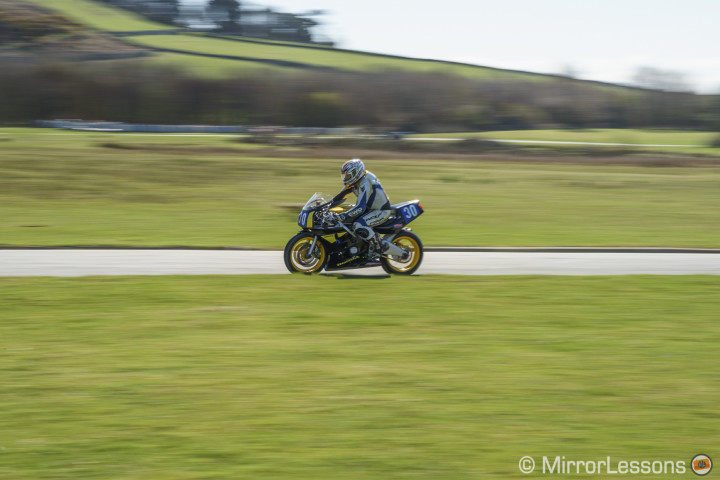
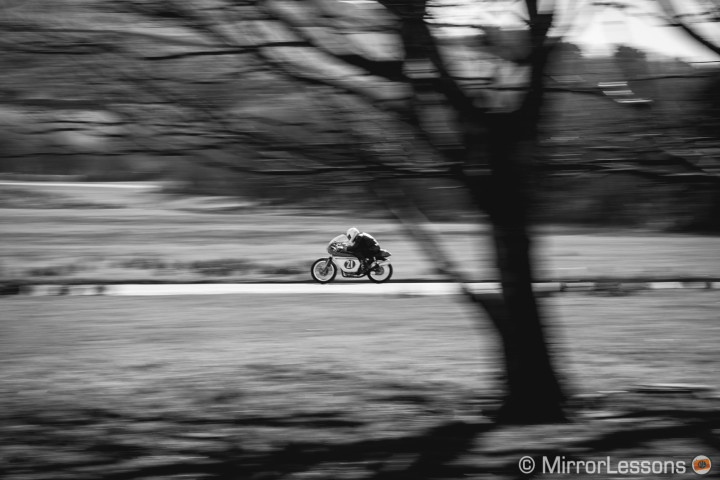

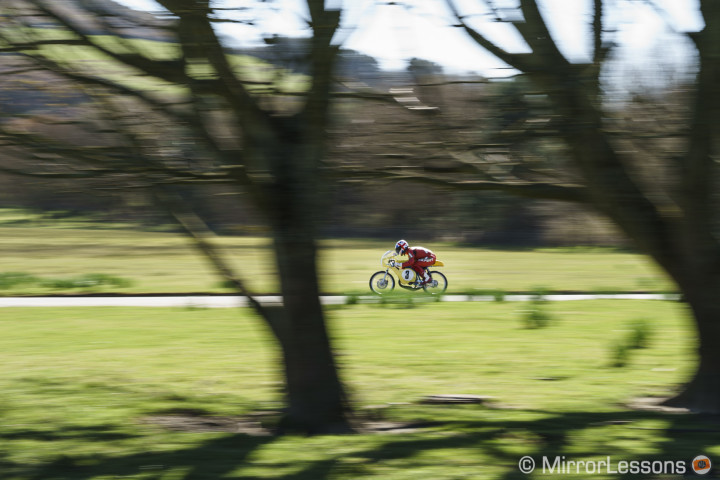
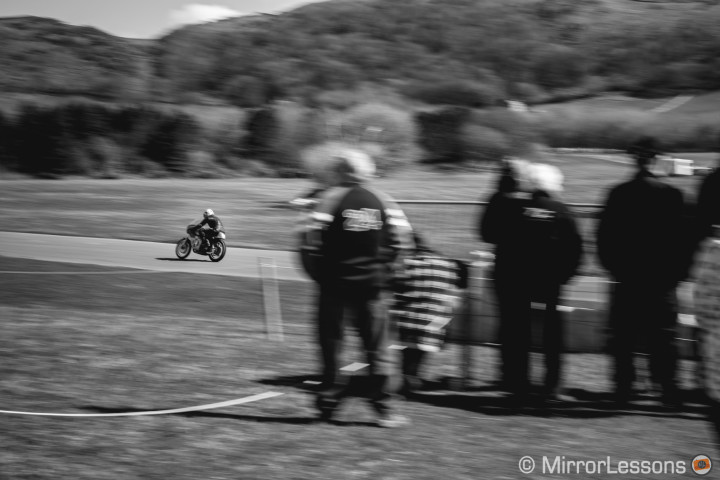
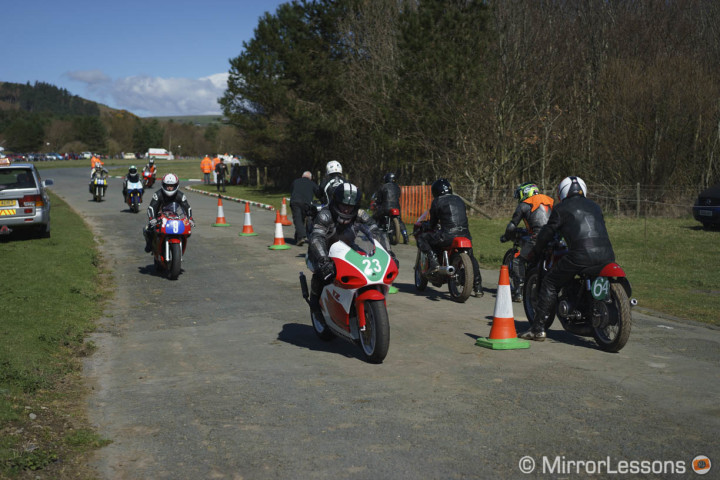
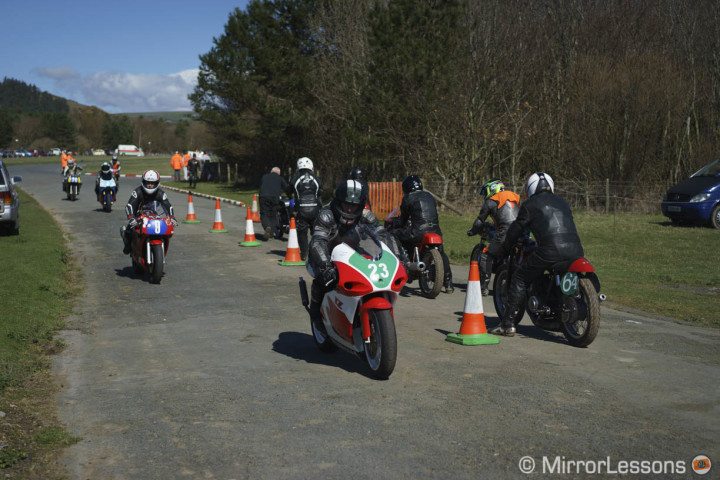

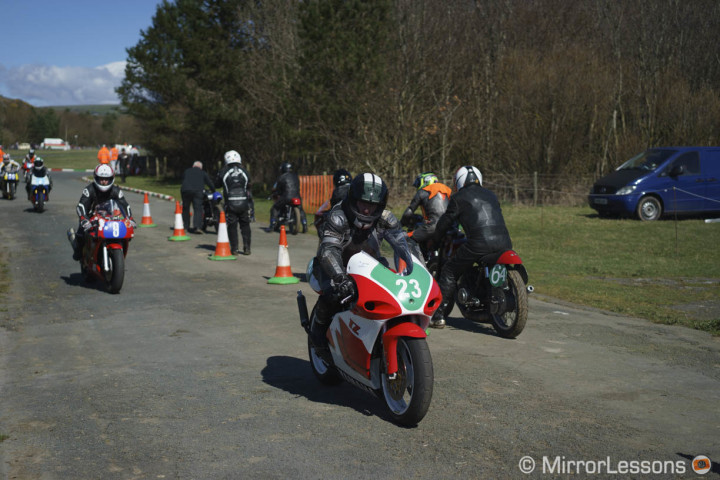
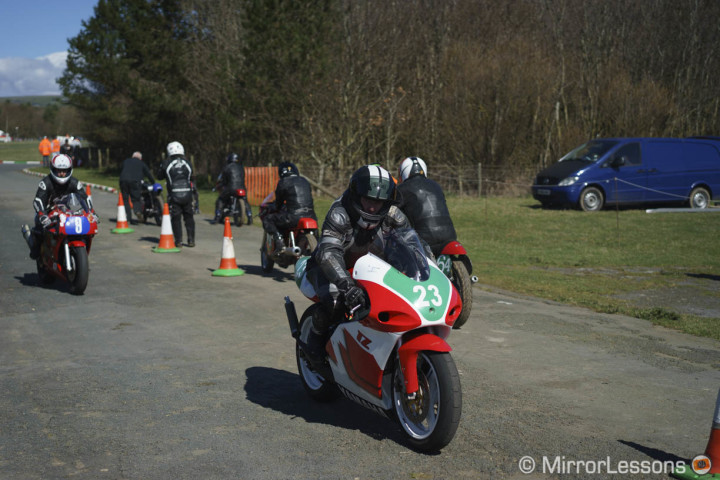
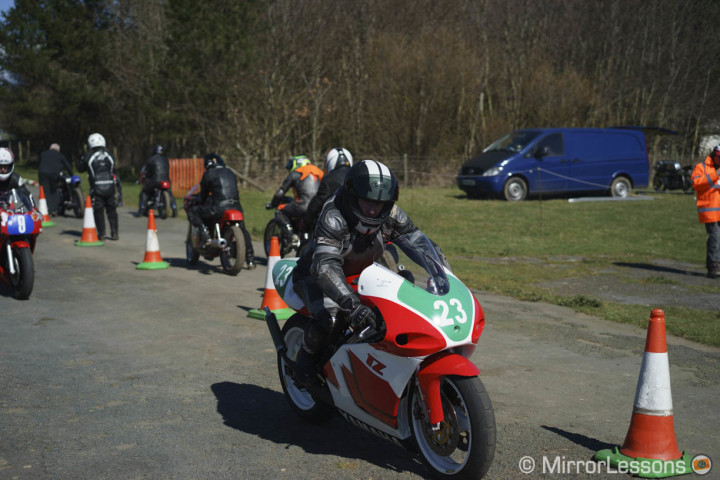
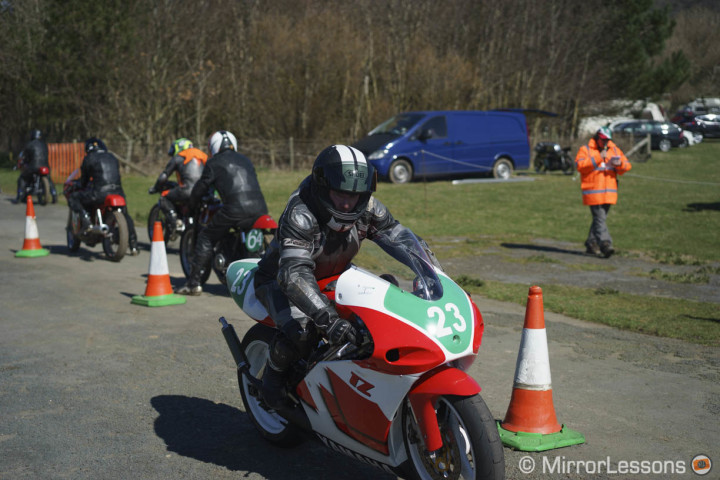

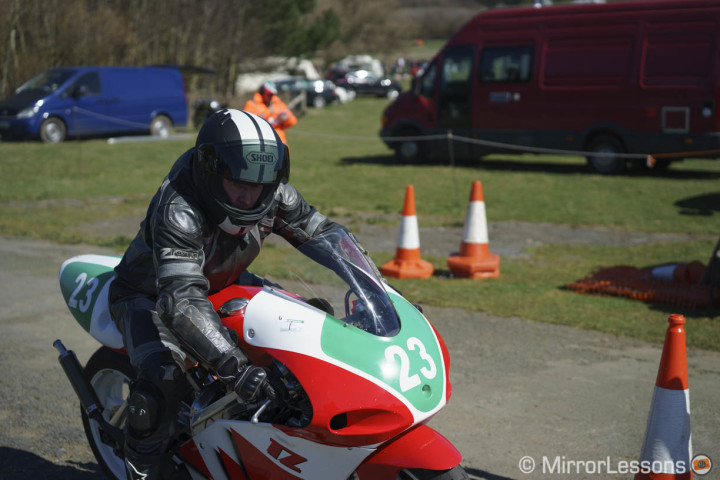
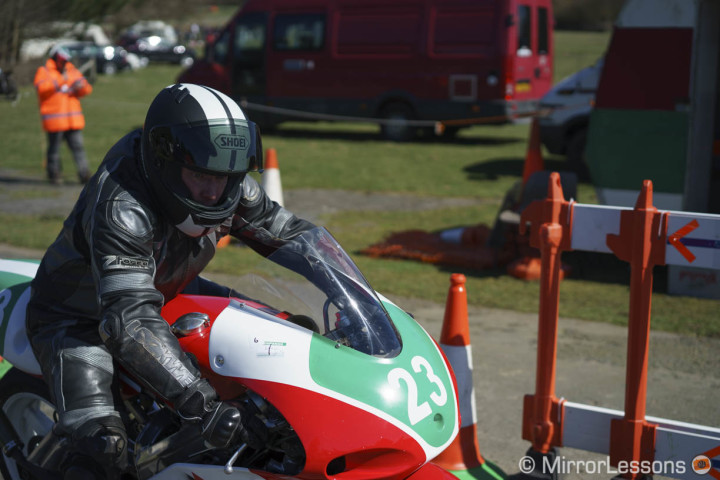
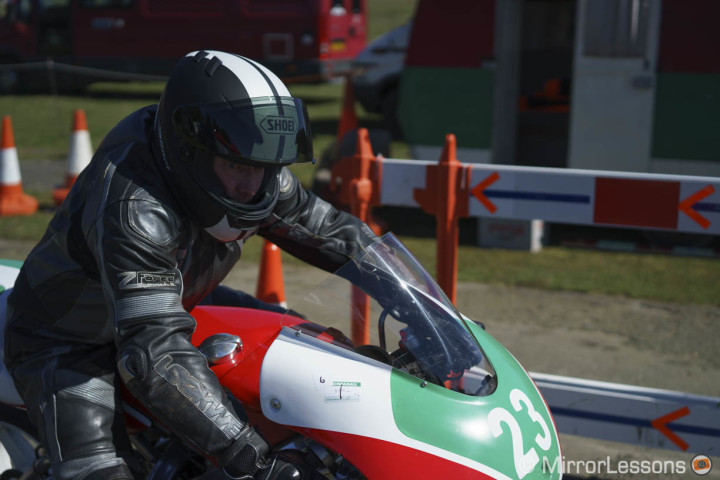
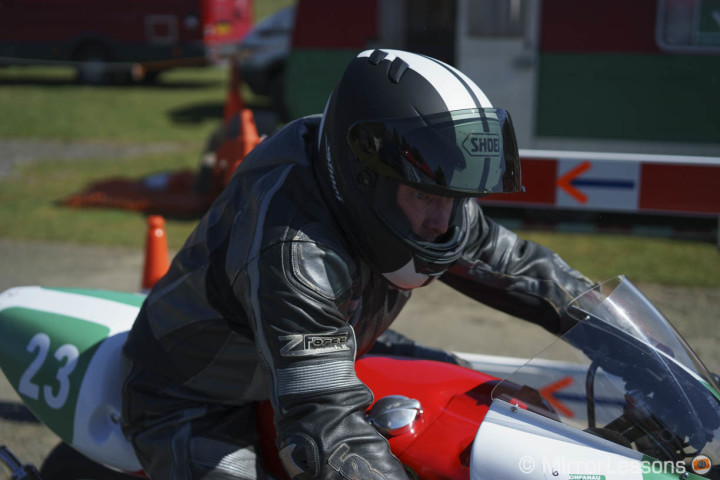
Please sign the petition to get to Sony to fix the “star-eater” issue on all A7 cameras: https://www.change.org/p/sony-remove-the-star-eater-on-sony-a7-a7s-r-mk-i-ii-and-a9-cameras
Is there a good 3rd party flash that you would recommend to use with this Sony A7 Mark II? I am looking for something smaller in size. Excellent review and thank you for sharing your work.
hmm, seems unlikely to me.
The bluish ghost flares could come from the big delta.
http://translate.google.com/translate?hl=en&sl=auto&tl=en&u=http%3A%2F%2Fblog.lexa.ru%2F2014%2F02%2F12%2Fsony_craw_ettr_szhatie_s_poteryami_teoriya_i_praktika.html
I tested the A7 II with the latest firmware update so I guess that’s one of the reason I got a better impression of the stabilisation. But if you satisfied with the a6000, it’s a wise choice to wait.
I rented one (with the 55 and the 24-70 f4) as a Christmas present for myself. I much preferred the ergonomics to the original a7 I played with at the only decent camera shop in my state. I was unimpressed by the IBIS but that was before the firmware update that apparently heavily improved the IBIS. I enjoyed it, but I could never justify the price increase over my lovely little a6000. I’m glad you had more luck with the IBIS. I’m REALLY wanting to check out a new a7sII, with the improved ergonomics and IBIS of the a7II and that low light ability of the a7s. But maybe in the fall.
It is. I am also curious to try the new 28mm. That + the 55mm could be a great set.
Thanks, glad you liked it 😉
Thanks for a really good review and some very nice images.
Fascinating camera, perfect with the 35mm f2.8 or that 55mm Zeiss.